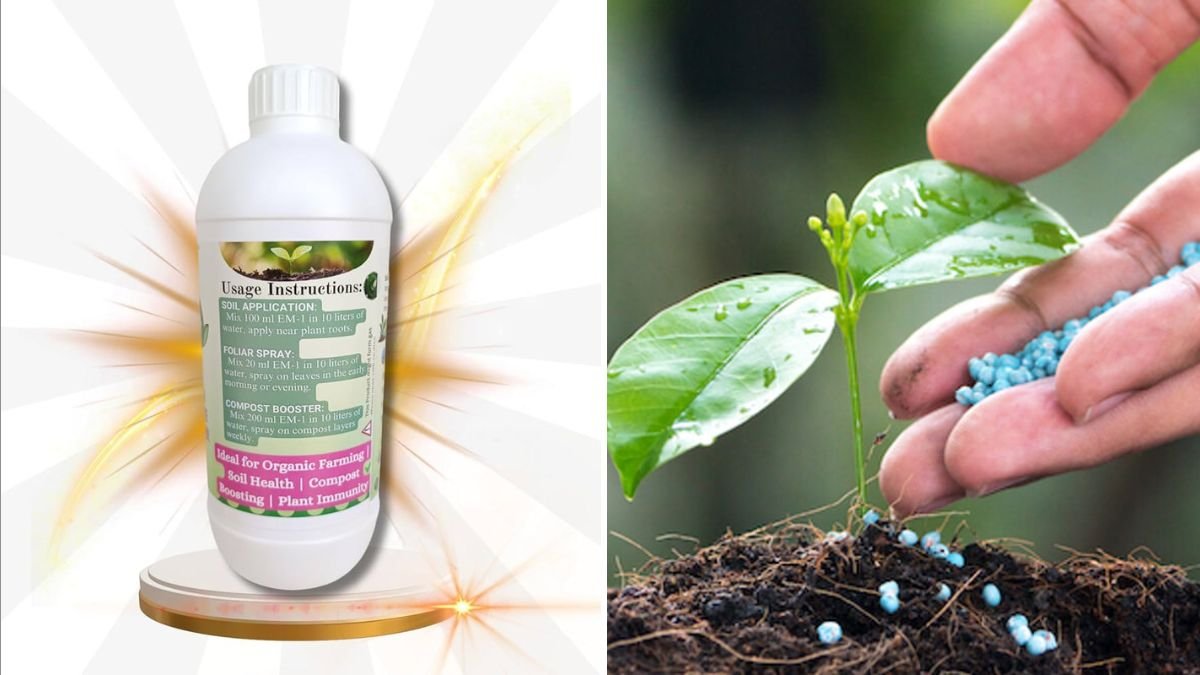Healthy soil isn’t just dirt—it’s alive. Beneath the surface, billions of microbes work tirelessly to cycle nutrients, break down organic matter, and protect plants from disease. When soil microbes thrive, your garden thrives too. But chemical-heavy practices, compacted soil, or lack of organic matter can leave microbial populations struggling. The solution? Feed your soil life with natural additives that encourage microbial diversity and activity.
In this guide, we’ll explore why soil microbes are essential, how to recognize when your soil needs help, and the best natural additives to give those invisible helpers the boost they need.
Why Soil Microbes Matter
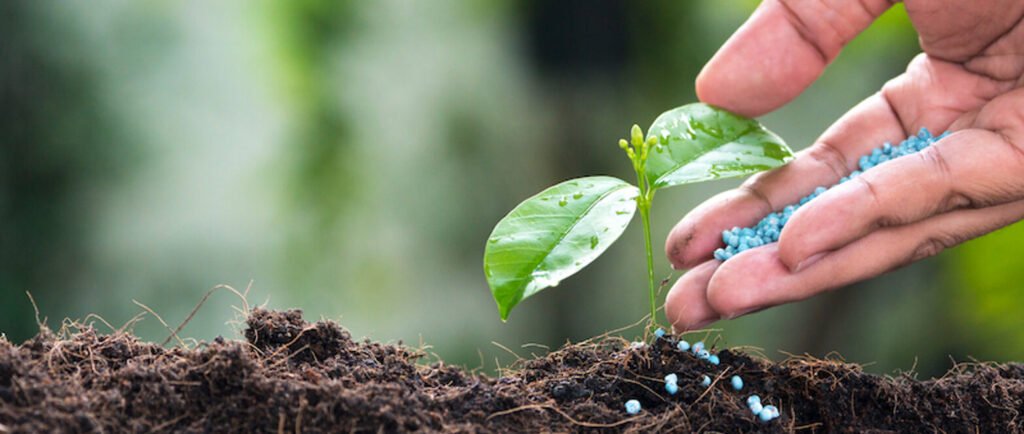
Soil microbes—bacteria, fungi, protozoa, and more—create the living web of the soil food chain. Here’s what they do for your garden:
- Nutrient cycling: Microbes break down organic matter, releasing nitrogen, phosphorus, and other nutrients in forms plants can use.
- Soil structure: Fungal networks and microbial glues bind soil particles together, improving aeration and water retention.
- Disease suppression: Beneficial microbes outcompete harmful pathogens, protecting plant roots naturally.
- Symbiosis with roots: Mycorrhizal fungi and nitrogen-fixing bacteria form partnerships with plants, enhancing growth and resilience.
Without a healthy microbial community, soil becomes sterile and dependent on synthetic fertilizers.
Signs Your Soil Needs a Microbial Boost
- Plants look stunted despite adequate fertilization.
- Soil crusts over and doesn’t absorb water well.
- Compacted soil with little crumbly texture.
- Lack of earthworms or visible fungal threads.
- Poor seed germination or high susceptibility to pests.
If you notice these issues, natural soil additives can help restore balance.
The Best Natural Additives for Soil Microbes
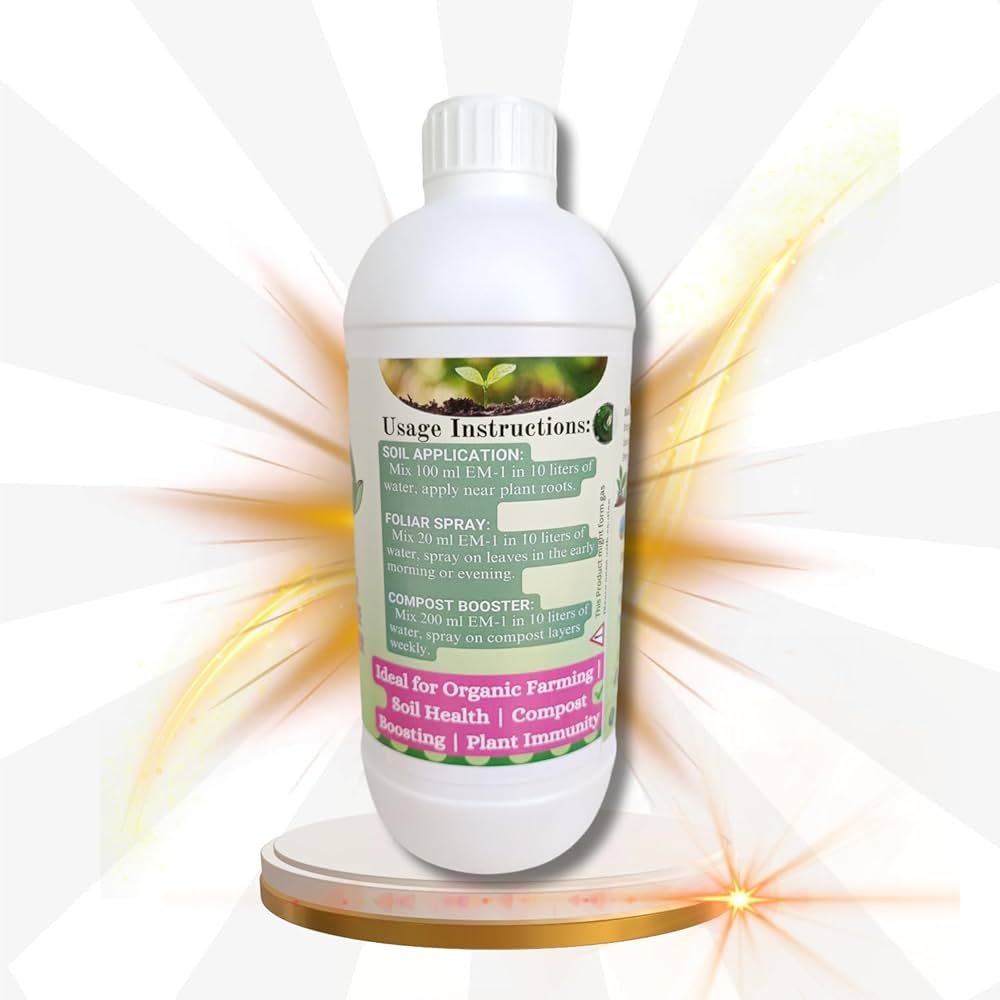
1. Compost
Compost is the gold standard for feeding soil life. It’s full of decomposed organic matter, beneficial bacteria, and fungi.
- Why it works: Compost introduces diverse microbial populations and provides a steady food source.
- How to apply: Spread 2–3 inches of compost over beds each season or mix into planting holes.
Tip: Avoid using unfinished compost, which may rob nitrogen from the soil.
2. Worm Castings
Worm castings (vermicompost) are nutrient-dense and teeming with beneficial microbes.
- Why it works: Castings add humic acids and microbes that enhance soil structure and root health.
- How to apply: Mix into potting mixes, add to planting holes, or top-dress around plants. A little goes a long way.
3. Biochar
Biochar is a form of charcoal created by burning organic matter at low oxygen levels.
- Why it works: Its porous structure provides “housing” for microbes, retaining water and nutrients.
- How to apply: Pre-charge biochar by soaking it in compost tea or diluted manure before adding to soil. Otherwise, it may absorb nutrients initially.
4. Mycorrhizal Inoculants
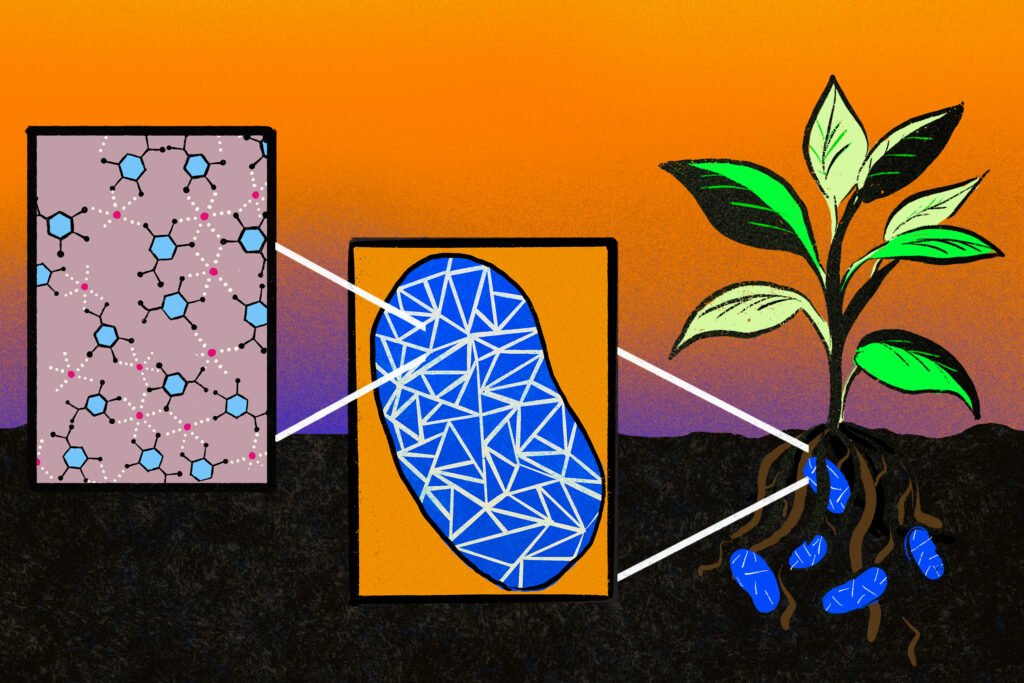
These are powdered or granular products containing live mycorrhizal fungi spores.
- Why it works: Mycorrhizae attach to plant roots and extend their reach, improving nutrient and water uptake.
- How to apply: Dust inoculant directly onto roots during planting, or sprinkle into planting holes.
5. Compost Tea
Compost tea is a liquid extract made by steeping compost in water, often aerated to multiply microbial populations.
- Why it works: Delivers living microbes directly to the soil and plant surfaces.
- How to apply: Drench soil around roots or spray onto leaves as a foliar feed. Use within 24 hours for best effect.
6. Molasses and Sugars
Carbohydrate sources like unsulfured molasses act as quick food for soil microbes.
- Why it works: Simple sugars energize bacteria and fungi, helping them multiply.
- How to apply: Dilute 1–2 tablespoons of molasses in a gallon of water and apply as a soil drench. Often used to enhance compost teas.
7. Seaweed and Kelp Meal
Seaweed extracts or kelp meal provide trace minerals and growth hormones.
- Why it works: Feeds soil microbes with complex carbohydrates (alginates) and micronutrients.
- How to apply: Mix kelp meal into soil, or use liquid seaweed as a foliar spray and soil drench.
8. Green Manures and Cover Crops
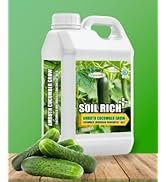
Plants like clover, vetch, and rye act as natural microbial feeders.
- Why it works: Their roots exude sugars that directly feed soil microbes. When tilled under, they add organic matter.
- How to apply: Sow cover crops in fall or between plantings, then chop and incorporate into the soil.
9. Rock Dusts and Minerals
Basalt, granite dust, or azomite add a wide spectrum of trace minerals.
- Why it works: Microbes thrive on mineral diversity, and rock dust provides long-lasting slow release.
- How to apply: Mix into soil once every few years or add to compost piles.
10. Animal Manures (Well-Aged)
Manures from cows, chickens, or rabbits are rich in nutrients and organic matter.
- Why it works: Add nitrogen and beneficial microbes while boosting soil fertility.
- How to apply: Only use aged or composted manure to avoid burning plants or spreading pathogens.
Tips for Maximizing Microbial Health
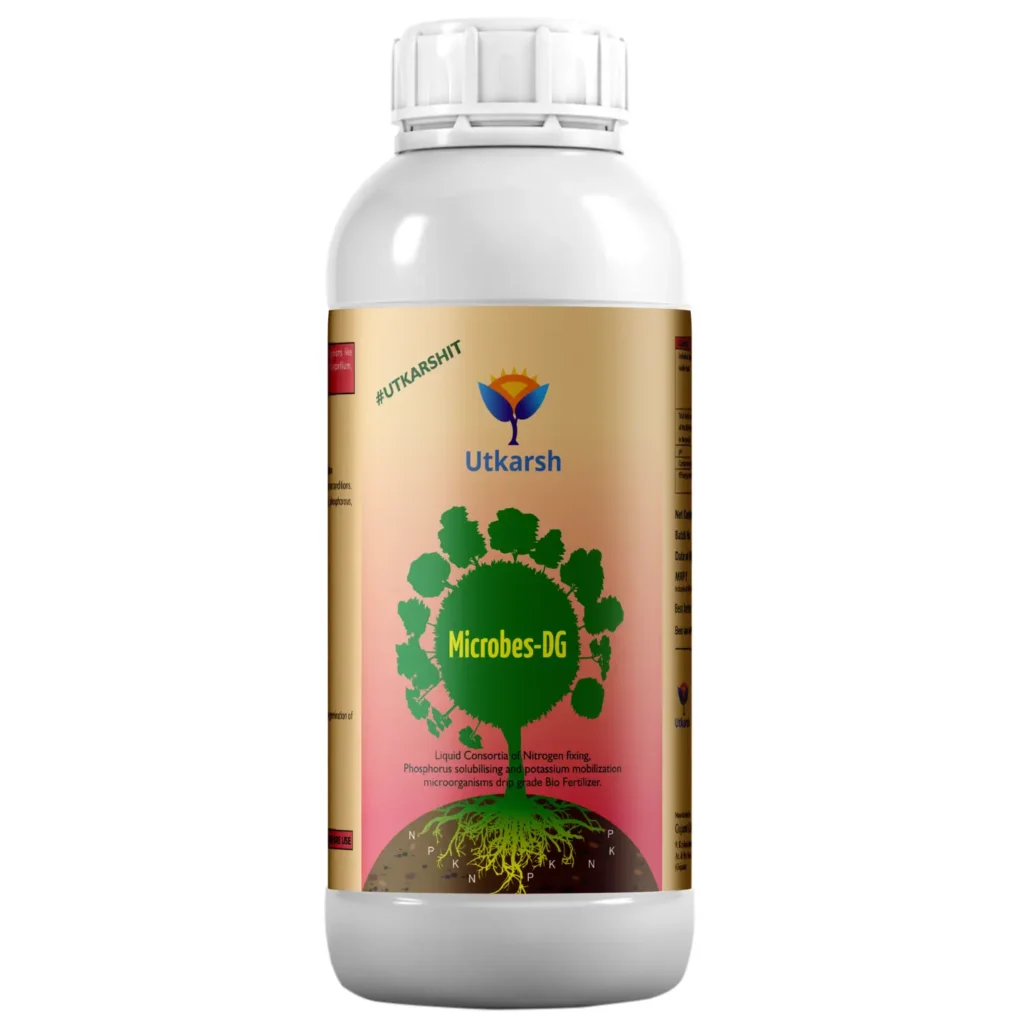
- Avoid synthetic chemicals: Pesticides, herbicides, and chemical fertilizers harm soil microbes.
- Minimize tilling: Excessive soil disturbance destroys fungal networks and microbial habitat.
- Keep soil covered: Mulch or cover crops protect microbes from extreme heat and erosion.
- Maintain moisture: Soil microbes need consistent moisture—don’t let soil dry out completely.
Final Thoughts
Boosting soil microbes is about working with nature rather than against it. By adding compost, worm castings, biochar, seaweed, and other natural amendments, you create a living, self-sustaining soil ecosystem. The result is healthier plants, better harvests, and a garden that thrives without reliance on chemicals.
When you nurture your soil life, you’re investing in the long-term fertility of your garden. Think of it as feeding not just your plants, but the entire underground community that supports them. Healthy soil equals a healthy garden—and it all starts with the microbes.
